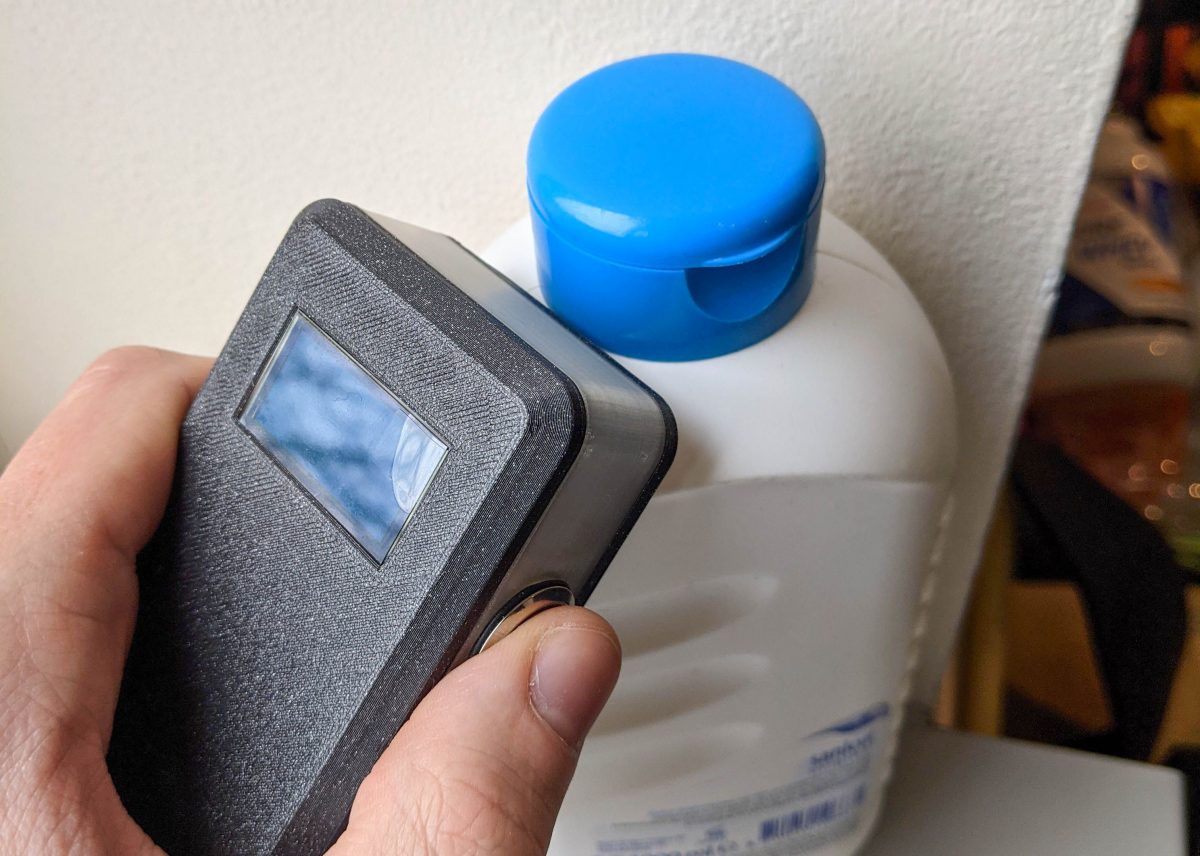Towards a simple device that can identify the five most common plastics
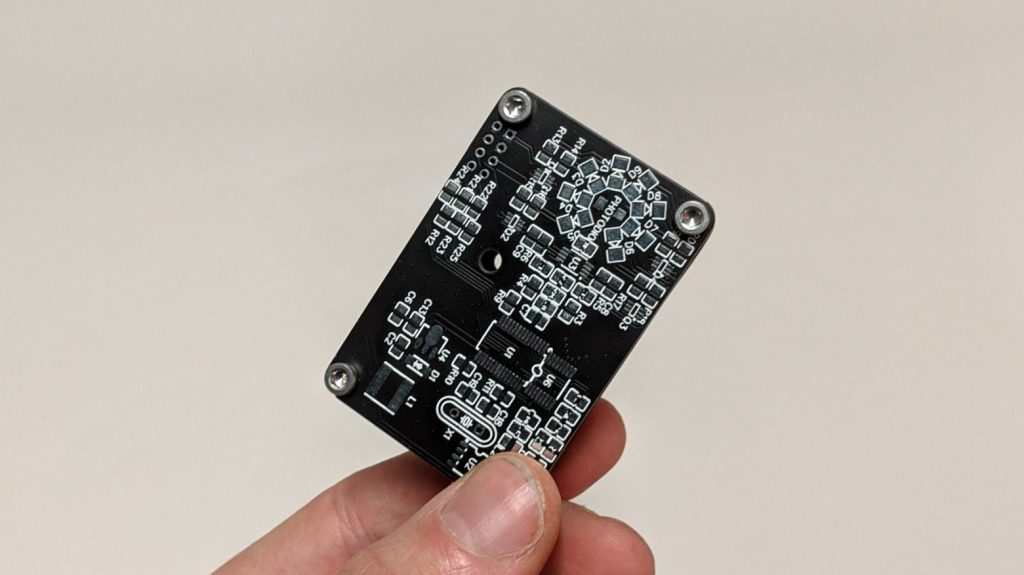
Breakout board
The heart of the ecosystem, a breakout board that houses all components to identify the most common plastics.
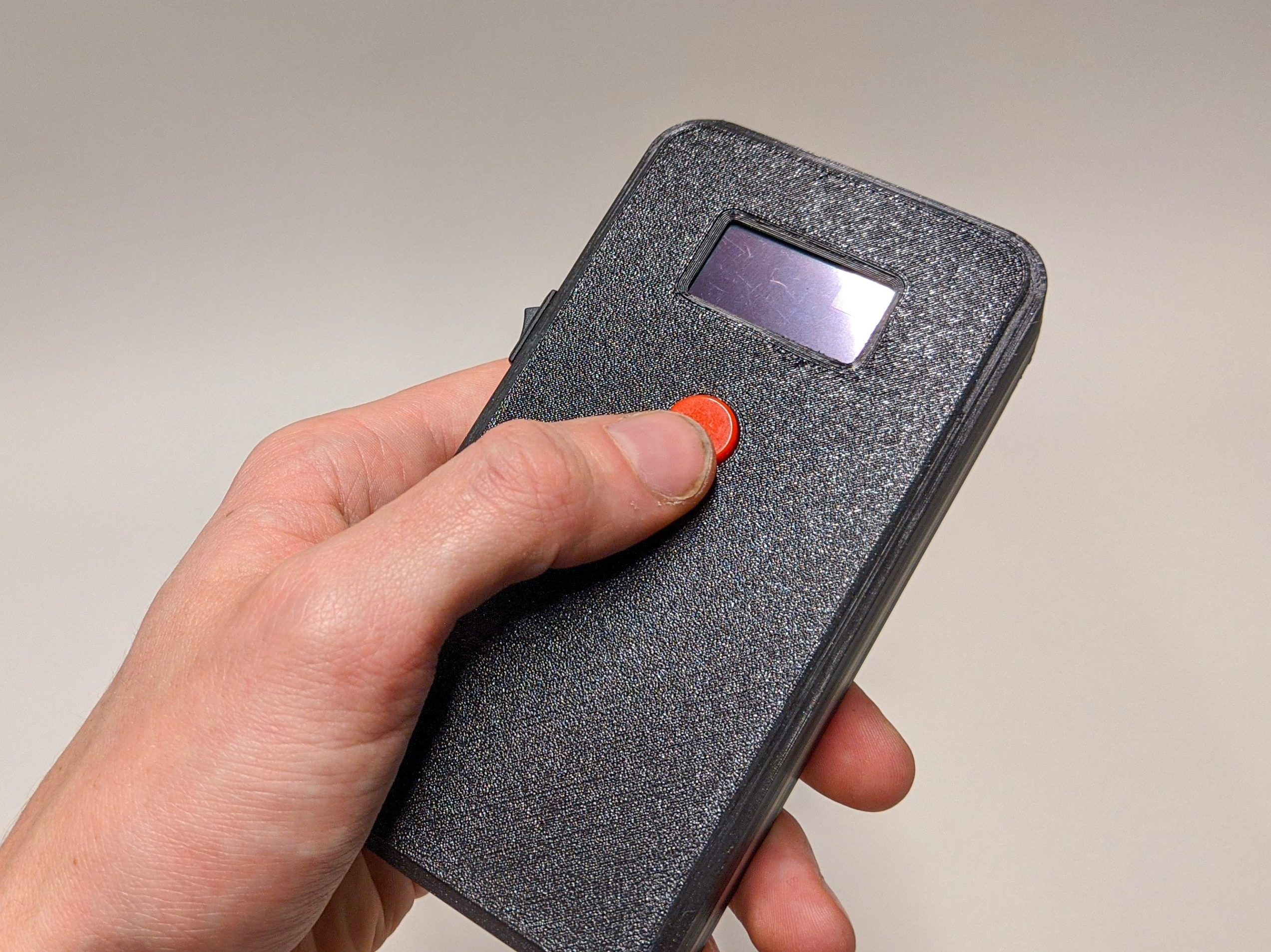
Handheld scanner
All components are neatly organized in a handheld scanner, ready to demystify plastic anywhere!
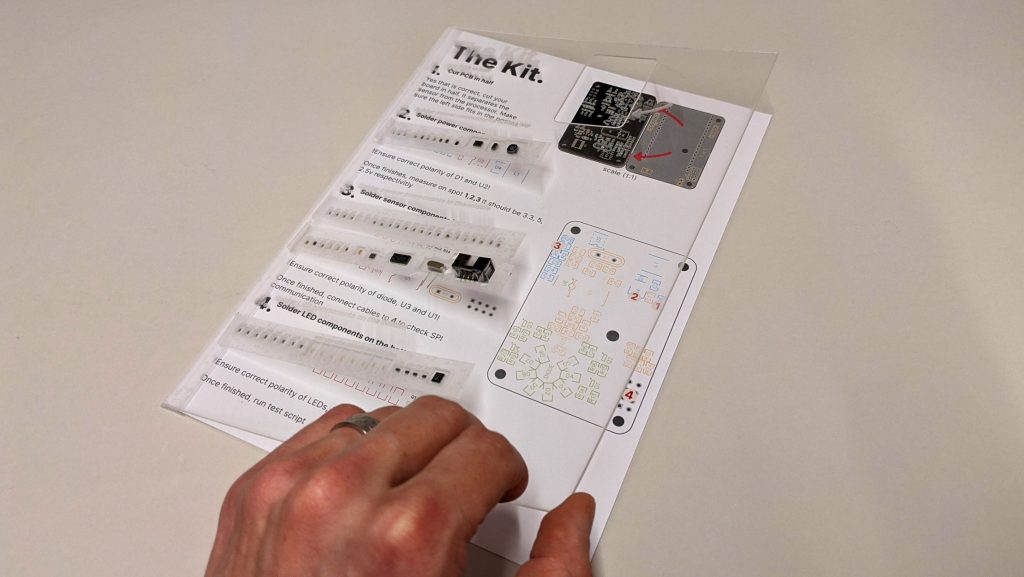
Breakout board kit
All components are sourced for you so all you need to do is solder it together with clear instructions.
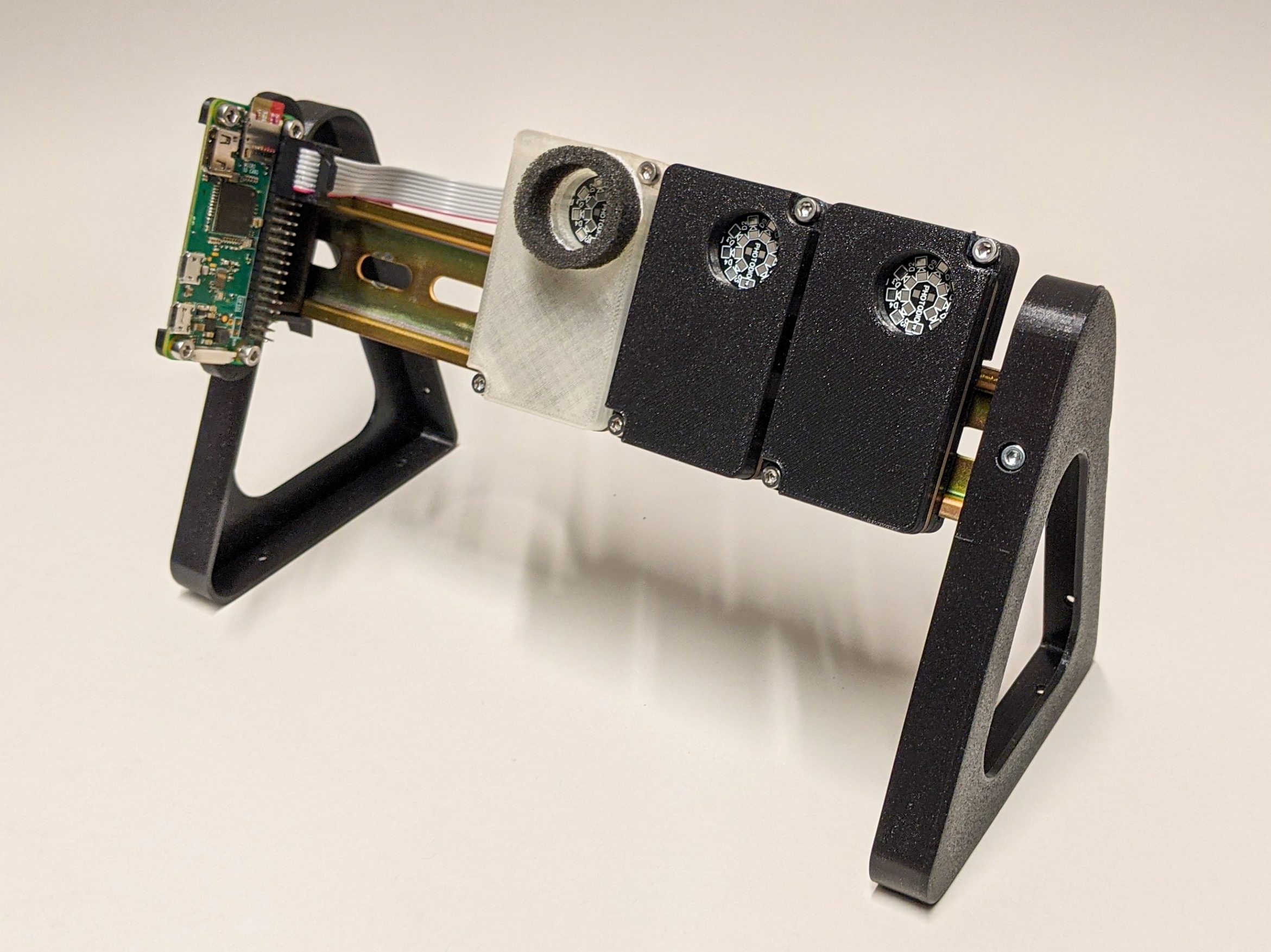
Factory scanner
Soon to be added DIN module mount, making it possible to daisy-chain multiple sensors.
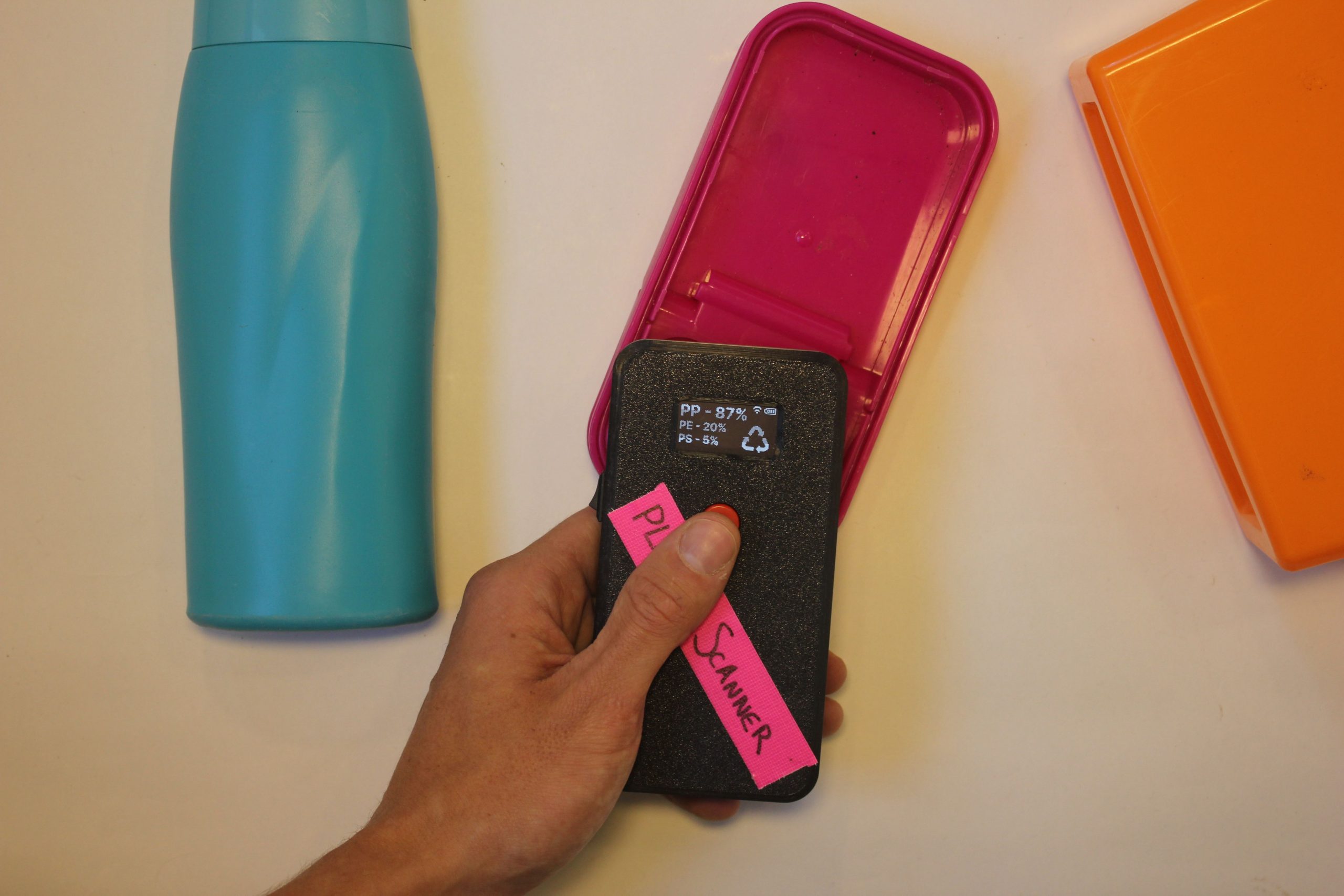
“Plastic is anywhere, and everywhere”
Plastic pollution is a well-known problem worldwide, and is still growing. It negatively affects humans and wildlife through animal death, groundwater pollution and incorporation of micro plastics in our digestive system. There are many initiatives focusing on reducing the negative effects of plastic pollution, but the amount of plastic consumed and the subsequent pollution is still increasing every year. Additionally, in the current COVID-19 pandemic the dependency on single-use plastics has increased exponentially.
That is why it is important to keep improving recycling infrastructure, especially in low and middle-income countries. Their plastic waste management is often informal, and tools are insufficient for the correct management of plastic waste, resulting in plastic pollution.The research conducted in this thesis showed that especially t he sorting stage of the plastic recycling process is very time consuming and labor-intensive. This discovery led to the central research question: which resources can be developed to accelerate the process of plastic sorting for informal recyclers?
Discrete near-infrared spectroscopy makes it possible to identify over 75% of all plastic used in everyday life. Therefore, it became my mission to make this technology accessible to recyclers in low and middle-income countries.
By applying principles of context variation, local manufacturing and open development in the design process, tools that accelerate the sorting of plastic waste were created. This brings Plastic Identification Anywhere another step closer, with the end goal of fighting plastic pollution, together, today.
The project described in this paper resulted in a complete ecosystem of open-source resources (figure 1) that can be used to implement near-infrared spectroscopy in any plastic waste management setting, especially in low and middle-income countries. This ecosystem consists of:
-A breakout board that combines all components to emit and sense infrared light on a small printed circuit board with standard communication protocols.
-A handheld scanner that integrates the breakout board into real-world applications. It enables local machine-learning processing of the sample, all in a compact form factor.
-A kit that delivers all the components for the breakout board in a small package with clear instructions on how to assemble a breakout board, making board building more accessible.
-A website that informs (and inspires) all potential users about the Plastic Scanner, connecting those who want a Plastic Scanner to those who can build a Plastic Scanner.
-Documentation that is published online in its entirety, to enable cooperative working and transparency. This also makes it possible to modify a Plastic Scanner to personal preference.
-Software that communicates with the hardware and implements machine learning for optimal and quick prediction of plastic types.
Open Source on WikiFactory
Find out all the details in the Docs, it has all the information needed to build your own development board, and start developing!



